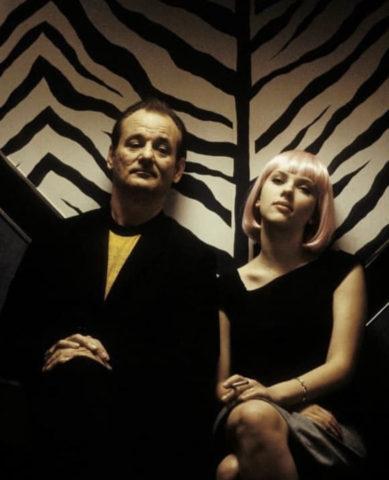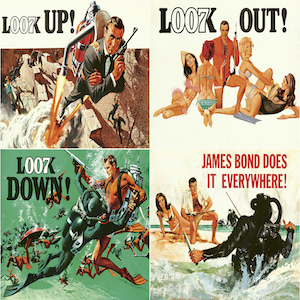Worldly; The Fourth Wall
By Jo Phillips
The Fourth Wall: An aspect of storytelling that involves a character breaking the theoretical “wall” that exists between the actors and the audience to speak directly to the audience. It is a technique that has been used for ages as way to bring the viewers into the character’s mind and to reveal the intimate thoughts of the individual.
Originating from 17th century theatre, the term refers to the box sets that were constructed with only three actual walls to be moved in any way that the production needs, with the fourth wall being the imaginary wall separating the stage and the audience. Breaking this fourth wall, a technique utilized countless times in film, television, and theatre, can often help the audience connect directly to the character and allow the viewer to become more than just an observer. When a character seemingly stops the action to address the viewer directly, there is a psychological boost that happens as a direct response to having a “star” address you specifically.
Movies, especially, have taken this technique to the next level, manipulating it to allow their films to stand-out and become endeared in the hearts of viewers across the globe. Since the beginning of filmmaking, the fourth wall has created a number of cult classics and infamous movies that have utilized this tool to garner fame and world renown.
Here are my top 5 favorite films that break the fourth wall to talk to the audience:
- Ferris Bueller’s Day Off
This 1986 film by John Hughes brought the classic character of Ferris Bueller to the forefront of pop culture as this conniving, school-ditching, teen won the hearts of audiences around the world. Throughout the film, he often addresses the viewers, drawing them into his schemes and allowing them to see the genius behind his plans.
- Fight Club
Directed by David Fincher in 1999, the film is narrated by by Edward Norton’s character who breaks the fourth wall constantly when he starts addressing the audience directly. Whether during a story about Brad Pitt’s character, Tyler Durden, or pointing out aspects of film like cigarette burns and sound tracks in the movie itself, the shift that the narrator takes stands as a cheeky reminder that the fourth wall can always be broken.
- The Wolf of Wall Street
One of the most recently recognized movies to break the fourth wall, Martin Scorsese allows Jordan Belfort, played by Leonardo DiCaprio, to address the viewers directly and ‘pitch’ the audience his lifestyle and extravagance. His speeches are filled with his signature sales techniques and they allow the viewers to understand his motives and his greed for success.
- Goodfellas
Another infamous Scorsese film, although shot two decades earlier than The Wolf of Wall street in 1990, breaks the fourth wall as the film ends to bring closure and emphasis to a dramatic finale. Ray Liotta’s narration goes from offscreen to the courtroom as he directly addresses the camera and closes the movie with a somber nod to the end of the scene.
- Alfie
Closing this list with a classic, British comedy, this 1966, Lewis Gilbert film opens with Michael Caine as our galavanting, cohort, Alphie, who readily imparts his womanizing talents and sexual conquests with the viewers. His nonchalant and unassuming attitude towards his bachelor lifestyle draws the audience in as he breaks the fourth wall to reveal his suave tactics with the world.






